Beating Jet Lag, Seasonal Affective Disorder, & Balancing Multiple Careers w/ Timo Ahopelto
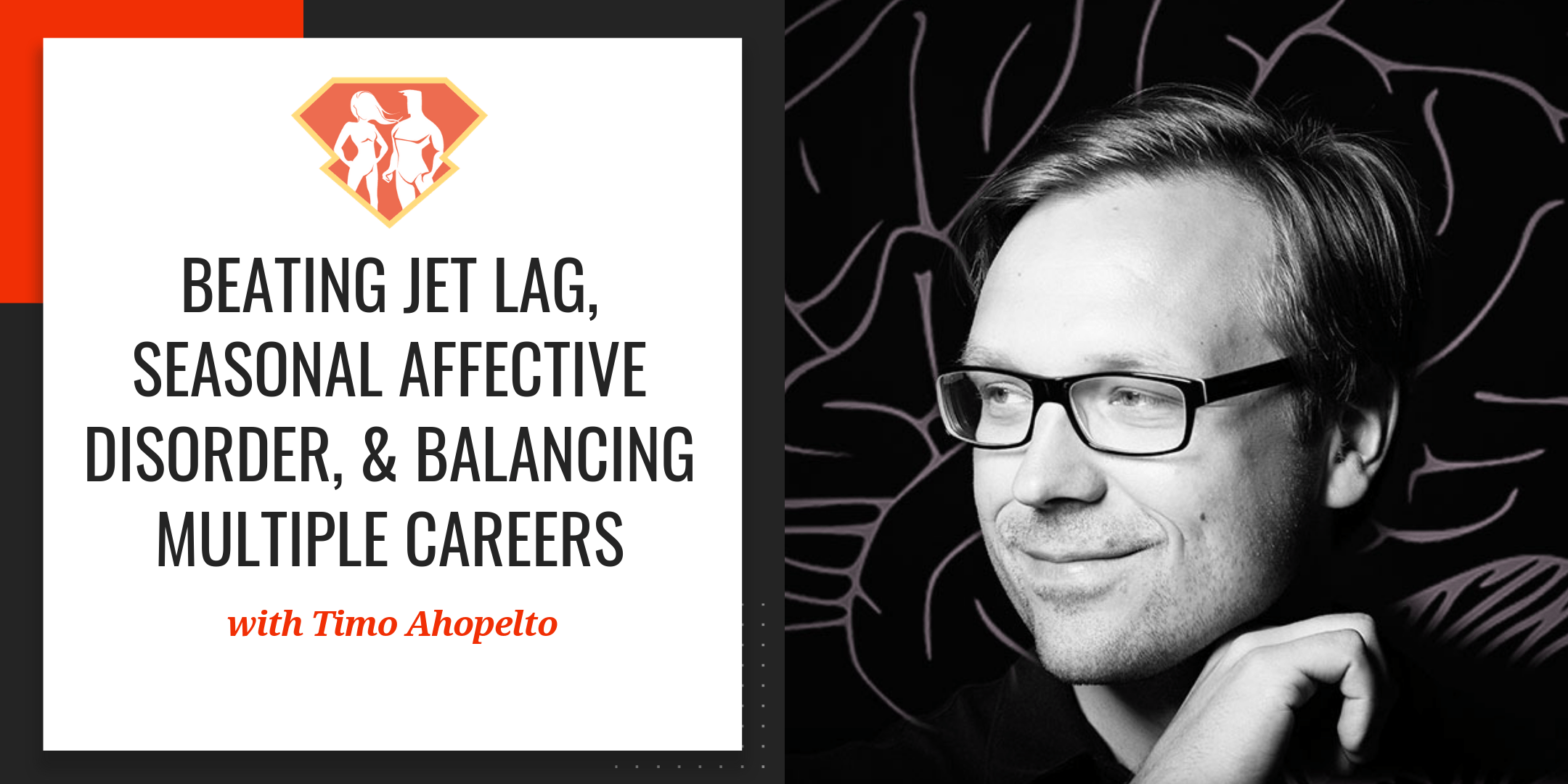
Greetings, SuperFriends!
Some of you may know, if you follow me on social media or read the blog, that I’ve been experimenting with a pretty interesting – and pretty strange – thing. It’s called Transcranial bright light therapy, and basically, it’s where you… well, there’s no delicate way to say this… you shine super bright white light onto your brain in order to alter circadian rhythm, jet lag, or mood.
Since receiving a sample unit in the mail a few months ago, I’ve been completely blown away by how effectively this works – or that it works at all. So today, I’ve invited the chairman of the board of Valkee, makers of the HumanCharger, to the show to discuss exactly HOW.
But, beyond just Valkee, I found out that my guest is not only a serial entrepreneur himself, but also sits on the boards of tons of incredible companies doing innovative things, from AI-powered robots to medical technology to waste management and big data logistics. He is even the founding partner of his own VC firm… As you can tell, he’s absolutely SuperHuman, and in the episode, we try to touch on that, too.
It's a great episode, packed with inspiring tidbits on everything from entrepreneurship to biohacking and everything in between. I know you're going to love it – and if you do, please send me a tweet and let me know what you thought!

This episode is brought to you by SuperLearner Academy – home of my exclusive masterclasses. Check out a free trial using the link above today!
In this episode, we discuss Jet Lag, Seasonal Affective Disorder, and…
- All the various things that Timo Ahopelto does, and how the heck he fits so much on his plate
- What does Timo look for when he assesses an opportunity?
- The importance of knowing what you are and are not good at
- What is the main thing that unites the best and most successful people, according to Timo?
- What is the HumanCharger, how was it developed, and how does it work?
- What is the role of light-sensitive proteins in our body?
- How has the HumanCharger been tested and proven? (Note: there has been some controversy about the design of these studies)
- Can transcranial bright light therapy actually influence and activate neural networks?
- What are all of the uses of transcranial bright light therapy beyond jet lag?
- How effective are SSRI's (Selective Serotonin Re-uptake Inhibitors) at alleviating depression?
- Could transcranial bright light therapy replace coffee as an afternoon pick-me-up?
- How does Timo Ahopelto use the HumanCharger to beat Seasonal Affective Disorder
- What are 3 pieces of homework that Timo Ahopelto would like you to do this week to be more successful?
- Travel reduction and setting priorities
Resources Mentioned in This Episode:
- The HumanCharger, a revolutionary transcranial bright light device
- Our previous review of the HumanCharger
- A summary of how HumanCharger works, with cited scientific research (Note: Some of these studies have been questioned in the Finnish media)
- The HumanCharger.com website
- Timo Ahopelto's very impressive LinkedIn Profile
- Timo's Twitter: @timomj
Favorite Quotes from Timo Ahopelto:
Transcript:
Introduction: Welcome to the Becoming SuperHuman Podcast. Where we interview extraordinary people to bring you the skills and strategies to overcome the impossible. And now here's your host, Jonathan Levi.
Jonathan Levi: This episode is brought to you by my all-new SuperLearner Academy. The home, not only of the all-new Become a SuperLearner 2.0, but also of my exclusive Masterclasses and audiobooks, digital books, and tons of exclusive content only available to members of my Masterclasses or my Masterclass bundle where you can purchase multiple courses and save a ton on getting all of that great content. So to check it out and to see all this amazing new content that we've recorded exclusively for SuperLearner Academy. Visit becomeasuperlearner.com and use the coupon code: podcast to save.
Greeting SuperFriends and welcome, welcome to the show. So as some of you guys may know if you follow me on social media, or if you've been reading the Becoming a SuperHuman blog, I've been experimenting with a pretty interesting and pretty strange new phenomenon or therapy, and that's called transcranial bright light therapy.
Now, for those of you in the audience who know a little bit of Latin or our med students, you will know that transcranial means through the skull as in, into the brain. So basically there is no delicate way of putting this. I've been shining, bright, white light on my brain to try and alter my circadian rhythms and moods.
Now, since receiving a sample unit in the mail a few months ago, I've honestly been completely blown away by how effectively this stuff actually works. I should honestly say I've been blown away that it actually works at all. And so today I've invited the Chairman of the Board of Valkee. Now they're makers of the HumanCharger.
And throughout this episode, we're going to try and figure out exactly how this thing works and why it works. But beyond just Valkee I found out during my research that my guest is not only a serial entrepreneur himself but really an overall SuperHuman. He sits on the boards of tons of incredible companies doing tons of innovative and surprising things from AI-powered robots to medical technology and waste management.
He's even on the board of the company that does the popular video games like Clash of Clans, all in all, he through his VC firm is working with over 20 different companies. So really an absolute SuperHuman and in the episode, we tried to touch on that as well. So we spend the first 10 or 12 minutes talking about how he balances and manages his life, how he manages to be so productive, how he manages to set priorities and goals.
And then we dive into the HumanCharger and his journey with that company. How the HumanCharger works? What the research says about transcranial bright light therapy? In total, you're going to learn a lot in this episode, you're going to take away some actionable items that will make you more productive.
And it might just pique your curiosity. If you're someone who suffers from low energy suffers from jet lag, or maybe gets seasonal affective disorder, this episode might really impact the quality of your life positively. And so without any further ado, I would like to get into the episode with Mr. Timo Ahopelto.
Mr. Timo, welcome to the show today. We are so excited to have you.
Timo Ahopelto: Yeah. Hey, thanks for having me.
Jonathan Levi: I understand. You're a very, very busy man. I went into researching for the podcast thinking, you know, that your full-time gig was actually at Valkee, but it turns out you have a very, very, very full plate. And actually, it was quite difficult to come up with a bio for your introduction.
So I'm going to try here in the list. I'm not even actually going to try to list you sit on the board of so many companies and you're involved in so many industries. So I guess if you could, let's start out maybe by tracing your path and how it brought to, to where you are today.
Timo Ahopelto: I'm kind of an entrepreneur who has turned early-stage investor.
So that's still kind of a best way to describe it, but you're totally right. So not, I mean, I have a lot of kind of subs balls in the air and there's a lot of industries. I mean, I'm currently working everything from Medical technology into, you know, hardcore biotechs, trying to cure cancer into mobile apps like for casual health for people to get better into.
We need power for large cargo West toast. So there's a lot of Flagstaff mobile games, obviously, because Finland is the country of mobile games. Right. So we were among the first to recruit super sale, which obviously is a lot of people know Clash of Clans and Heyday and, and all that stuff. But yeah, so I followed by just wanting to be an entrepreneur.
So I have never been working for anybody else almost, or, or only a very short period of time in my life. I've always found it to benefit, do all my own thing. So, so to be only responsible of my own future by myself and, uh, that led to the first more serious company that I had was capturing clinical trial data from patients in clinical trials globally.
And, and that's where I got my kind of the hardcore crash course introduction to the healthcare and medical seal then, and, and all that. And it seems, you know, I left that company. I wanted to do something else. I went to the new media and we build an operator that was targeting young people with advertising funds, with model the UK, Netherlands son, and in India.
And, and that's why to kind of a really exciting experience to do something. I mean, coming from pharmaceuticals into new media is kind of stuff to the end of the spectrum, I guess. And, and this has been driving me throughout the whole of my life in a way that I've always wanted to go into the next thing.
And, and I always wanted to learn something new and, and all of those kinds of for going after. Something did you learn to keep on learning? And I guess that they're calling on nominator in all of these things in a way that if you look at the companies we have invested and look at the companies who we work with right now is that they all have a, what I call like complete product.
So it means that. What the company is delivering is a solution to a specific problem or their specific challenge. So it's not the component, but it's a specific solution. And, and that is something that I feel that I get my head around relatively well .is that there is a company X in an industry. Y. And, um, these are the reasons why they wouldn't be able to change student hall even a little bit, does that, you know, the way the status quo on a specific area and on those types of companies we go after and we enjoy working with, and HumanCharger is basically one of them.
Jonathan Levi: Right. So I do want to get into that, but first, you know, I have some kind of tangential questions just around how the heck you manage your time. How do you manage to fit in so much in one day?
Timo Ahopelto: Yeah, a lot of people asking that and I've been thinking about it myself as well. I tried to focus on one thing at a time very intensively. And then forget everything else. And a lot of people are worrying about everything else that you're not focusing on.
Not on that day, too, you know, brainpower, I guess, or emotional energy or, or however you want to describe it. So if I'm currently working with Russell, like 20 companies, and then a lot of people are thinking that, Hey, that's quite a lot, but I mean, I'm working one at the time, you know.
In a sense, obviously, this is like oversimplification, but I'm kind of reversing with one at a time and very intensively and putting all the energy to do that. And those priorities may change, you know, during your day. So you have one company you've work read for three hours and then you have another company you've worked with for four hours then moving forward.
But the key trick that I'm using is not to worry about everything. Anything else, even if there's like big fires out there. And even if there's a crisis, that's the one strategy. And then the second strategy is that I've been trying to figure out that what I'm good at and what I'm not good at, which is almost like a chart or anything.
That's a lot of people are saying that everybody needs to figure out what they're good at and what they're not, but it's really essential because then you should be only doing the things you are good at with those companies too, are involved in. And I'm not to be involved at all in the things that you are not good at.
And an example is like, if there's a company, this developed a novel technology, but you don't really know enough about it to be able to contribute to the R and D plan I'm you should not spend any time on that because the only thing you are doing is you are concentrating other people's resources. What try and do. Right. Get you educated about it. So that's the second strategy.
Jonathan Levi: I think that's such a powerful life lesson, not just, in managing companies or in investing, but really in life. I mean, so right now I'm in the process of hiring a new team member to do all the things that I've been trying to do, but I'm just not very good at.
And I think knowing what you're not good at is perhaps more important than knowing what you're good at because you know, to reach out for help or to pass on opportunities.
Timo Ahopelto: Yeah, that's right. Like I said, it's almost like a jargon-y thing. I mean, if you read books and if you read these blogs about the characteristics of the best performing X, Y set people, I mean, the internet is full of those things.
Usually, you see the thing that, you know, you need to know what you are good at, and they're specifically what you're not good at, but it's really difficult to get to that point. I mean, to figure out that what I'm not good at, because typically, and especially as an investor like, what is my current role is you're not getting that feedback too often because the entrepreneurs are kind of thinking that, Hey, this, I put some money into our company, so we need to give him a voice in everything that he or she wants to have.
Sure. And it's a very problematic, I mean, not all entrepreneurs are giving feedback than are kind of operating in a way that's, you know, Hey team, or you don't know anything about this, so it's better that they do something else. Yeah. Yeah.
Jonathan Levi: In my own investments, I've noticed the same thing that when the company gets to a certain phase where now they're focused, not as much on marketing, but on say hardcore product development or something that you're not good at, you'll just stop getting emails.
And then when you kind of poke your nose in. And you're like, Hey, besides, you know, the quarterly report, I don't hear from you guys. They're like, Oh yeah, everything's going well. It's like, it's clearly like, keep your nose out of it, please. Yeah. Yeah.
Timo Ahopelto: That's right. That's right.
Jonathan Levi: Interesting. Let me ask this question though. How do you set those goals and priorities? You said that you work on one thing at a time, but how do you prioritize what is going to be the one thing that you're working on that day or that week, or that afternoon?
Timo Ahopelto: Yeah. So in my current kind of a daytime job, if you call, like I'm working with these multiple companies and I always say to.
I'm available. So my calendar yeah. Is really flexible. I mean, if you would be an entrepreneur and calling me that, Hey, we need to talk about this. I mean, I probably have free time, like tomorrow morning that's, we can chat for an hour or four hour and half. So I have a very little amount of pre-booked meetings.
If you look at my calendar after two weeks, I mean, there's someone is on board meetings and all that stuff, but very little like pre-booked activities. So I'm available whenever somebody needs me. And it sounds like a chaotic way to organize your time, but it works very well, in a way that if I open up right now, after this podcast, I open up my email.
There's probably emails about five different entrepreneurs. So I just read them through and somehow prioritize that out. Okay. So these are the things from these guys that I need to work on right now. And then not so soon, I'll start working on it in the order that I see that is. And then there's always some balls.
That's kind of a crop through it's obvious. I mean, you still have so many things. I mean, there's all, there's some things that you will forget, but people typically kind of get back to you. I know that they'd say it's really naughty and you should not work that way, but people kind of get back to you in a way that, Hey, Tim, I really need this.
So I really need to help in this and, and all that. So it's also. Depending on the entrepreneurs. And if there are like the entrepreneurs listening who have investors or advisors in their companies or in your life either way. So some people get so much more out of the investors or Sunday advice or, or people close to them from other people.
And what we have learned, I mean, I've been investing into about 60 companies and the best entrepreneurs and best people, they are really good at utilizing people around them for advice for small health and keeping them close and, and all that. And that's like a striking. Difference between the best entrepreneurs and the not-so-good entrepreneur.
Jonathan Levi: Right. And I think that's a lesson again, that transcends entrepreneurship because the best authors are the people who reach out to other authors and look for mentors. The best athletes are people who take the most advantage of the coach's time. I mean, anything you're doing in life, if you're the kind of person who's not only going to reach out and earnestly ask people for help, but also build that kind of rapport with people. That's the whole Dale Carnegie, how to win friends and influence people. If you get people to want to help you, you're going to be so much more successful in anything that you want to do.
Timo Ahopelto: Yeah, that's right. And then it's a factor of like, it's more fun to work with jumpy folks and other people.
It's more exciting divert kind of some people are really skillful in a way, how did that kind of direct you into what they are doing? And then I'm not prioritizing in a way that tells, you know, I have put like a hundred units of money into this company on 10 units of money to this company. So this a hundred units is more important than this 10 units.
Sure. That's not the way how I prioritize. I prioritize by the need. What else? These companies, so.
Jonathan Levi: Excellent. Awesome. So I do want to shift gears a little bit towards the original intention of the interview, which was to talk about HumanCharger or Valkee as the company is called. Now, I have to say I've been enjoying mine.
I have a couple of them here. That Valkee was really kind enough to send me for testing and to distribute to other friends of mine and stuff like that. So to start out, tell our audience about the HumanCharger, how it works and how you got involved with them.
Timo Ahopelto: Yeah. So HumanCharger is an iPod size style device with two earbuds. But it's not music, it's light. So you are actually beaming light, right directly onto your brain 12 minutes a day. If you want to get more energy during the wintertime. And we launched a product about five years ago. The customer feedback has been extremely positive, eight to nine out of 10 people actually recommending this to their friends during the wintertime usage and yeah, it's really based on a new scientific discovery that the fall in the very North of Finland where the sun never gets up to the winter made.
So they were figuring out there one scientist and one Nokia engineer who were kind of thinking that, Hey, you know, it's too dark here and we need to do something.
And then they had all plans about life being of the whole of their houses and they were test counting that this is kind of a quote on the cost two months, the light though, the walls and on this, can't be true that if you need to light the walls because you would need to light yourself. Right. And then they started to study and then they came to across some research about circadian rhythms and on how you can change the circuit and rhythms of animals with extraocular lights. So meaning that light protect the two somewhere else than to the eyes. Then they talk with the world's leading scientists. And then everybody was saying that, yeah, it's a well-known tsunami.
Not that you don't need to have eyes to achieve circuit and rhythm. So you only need to have brains and you only need to have a central nervous system that is sensitive to light. And a dentist started to study more than first initial clinical trials, they were studying the human brain and actually were able to identify and locate very precisely certain light-sensitive proteins into the human brain, and on those light-sensitive proteins are the same proteins family that we have in our eyes, which is completely natural because I mean, nature is using the same feeling blocks very effectively. And if you have no light-sensitive proteins in your eyes, you have light-sensitive proteins on your skin.
The same light-sensitive proteins are in your brain. That's the way how got started. They first did an initial trial. We third, the people who were extremely, extremely depressed you're in wintertime. So totally not able to function during the winter months and, and out of those people, nine out of 10 got totally cured during that period of few weeks of using this device, uh, daily for 12 minutes.
So that was obviously a very encouraging result then. And it seems standard kind of a try-out plan. And the science plan has advanced at an obviously the company launched a product and then has right now these and available for people to try and test them and get their own feet.
Jonathan Levi: Yeah. I have to admit, you know, I was completely skeptical because, you know, I do use the Phillips hue lights and I am very sensitive to light and I know how important it is to not expose your eyes to blue light.
But yeah. Even when I heard Ben Greenfield talking about the product, I was like, come on, you know, you're shining light in my ears. First, I thought, okay, it must work by just shining UV on parts of your body that are not suntan. So they're very susceptible, but then I read the product packaging and it's like, absolutely no UV emitted, I understand. There's a lot of woo-woo.
But no, I tried it. At summit C, I should have been seven hours jet lag and I timed it just right. So that I was up until one or two in the morning socializing and I was waking up at seven in the morning every morning. No jet lag. Yeah, that's right. There's something up to it.
And what was weird for me, the placebo effect is one thing, but I would notice if I was busy, you know, interacting with people, my phone was away from me. I didn't feel the notification. All of a sudden I would just hit a wall and then I'd look at my phone and it would say 30 minutes ago, time for HumanCharger. I'm like, Oh yeah, Oh, my, I basically missed this very regimented schedule that the product builds for you. So I thought that was really, really interesting. I know there was a little bit of controversy in the early days regarding this whole transcranial light therapy thing. What has research shown since in the five years that you guys have been active?
Timo Ahopelto: Yeah, that's by the way, uh, first your reaction is like, uh, I mean, usually when people hear about this, they're like, you know what, what's going on here. So not a lot of people think that we are like putting light into the ear. So I mean that you know, what type of sales are there, you know ear that does sensitive to light, but it's obviously not the ear.
But it's the brain. The brain tests light is totally it's sensitive to light throughout the whole prentice two or most. Yeah, you're right. So there was a lot of controversy. I mean, there's always controversy when you are going against the existing scientific doctrine, in the sense, and on the light pathway, why?
Uh, I am so well established and there's so many established scientists in the area and an actual, really the ones who have founded the whole like pride live research. They are still alive and, and they are still like very respected. Parts of the scientific community as they need to be. It's just got so much kind of a pushback from that community.
And I'm trying to shoot it down and from multiple angles, from multiple directions, that first of all, that there cannot be like, Light-sensitive proteins in the brain. So there cannot be anything that is sensing light in the brain. Well, the University of Oulu Northern Finland, they have shown that there's actually several proteins in the human brain that does sensitive to light.
And I, since then the American Allen Brain Institute and Allen Brain Atlas, which is available online, they have made similar findings from a couple of years ago. So that's the kind of stuff, first point. And then the second point is that there cannot be like any type of efficacy. So if you put light into the brain, okay.
If you have this light sensing, Proteins there it's kind of doing anything. And then we have done a lot of imaging studies where we can show that the kind of neural networks of the brain get activated after three minutes of light, while you are kind of rein that in a placebo control set up in a way that there was a group of people who were allowed in this, uh, if MRI messy, With the light guides in the ear, but the light was not protected into there.
And at the end, there was another group lying in the same machine and then lights was protected in their ears. And there was a significant difference between these two groups in the way, how the brain activated. Yeah. And, and then they say, that's okay, so you can have functional differentiates in the brain, but how about the clinical things?
So that's you Chandler getaway and thus your seasonal affective disorder, or we ended up post getaway not on then there was a lot of critic towards non-randomized, non-placebo controlled trials that we did. The first one is, which is very natural in Science. I mean, First, when you do the proof of concept trials, you typically do them in an open-label setting.
So you don't have a placebo group. But for example, during the past two to three years, all the trials that we have done have been placebo-controlled trials. And for example, in this jet lag that you were referencing to, I think that we test in early last year in April 2014, we populist. Well, I guess what is the biggest placebo control trial in jet lag using private light therapy.
We have there like 55 people who were traveling from Europe to the US and then back. Out of the people had a placebo device and part of the people had a real HumanCharger and, uh, th the end result was statistically significant. And it was that your jet lag goes away about double the speed when you are using HumanCharger. And a, roughly three times as many people deeding to get rid of the jet lag symptoms in the placebo group as day. So there was like three people not cured compared to every kind of a person who got cured with Valkee, so which is HumanCharger. Wow. So the results were really good. And this is what we realized based on the consumer feedback like I said.
So I think that's, I mean, these are like long shots in a way. I mean, it takes. You are not launching a product that is based on new science in one year, you do it kind of know, 10 years. So we have right now the year number five.
Jonathan Levi: Right. Let me ask this. And I know, you know, you're not a neuroscientist nor am I, but do you know anything about what's actually happening in the body when those light-sensitive proteins are activated?
Because you know, what I think is probably happening is maybe similar to what caffeine does, which is blocking adenosine receptors, but I really can't figure out how it's working because you don't get the hangover or crash. That you get from caffeine, but if you miss a treatment, you definitely feel withdrawal symptoms like you would, if you were addicted to caffeine.
I mean, what I'm really jet-lagged and I missed a treatment. I felt really lousy.
Timo Ahopelto: Yeah, that's right. I mean, first of all, if I kind of take one round back, I mean, with many of the meditation, so many of the treatments that I use today, so the general topic, things that everybody knows how they work. But in reality, I mean, lots of treatments. No scientist knows what's the mode of action really is the same actually goes for the traditional bright light.
So there's very little understanding about the different spectral kind of power, so bright light, I mean, this blue light that you were referring to seems to be effective for seasonal affective disorder and shifting circadian rhythms because it kind of perplex the melatonin to eye root.
Right. But I mean the bright light in the sense is not that well understood us be able in general things. With regards to HumanCharger, we know that it's not melatonin. So this doesn't affect melatonin. We have a hypothesis and some early evidence on animal models. That it could be serotonin and dopamine, which are the kind of a day hormones.
So melatonin is tonight's hormone and serotonin and dopamine. They kind of a daytime hormone. So they peak at daytime. And, uh, obviously what we are currently doing is, is we are doing kind of a pet imaging studies. To miss or to kind of say elevated serotonin and dopamine levels in the human brain when you get HumanCharge or dosing.
Obviously, the brain is probably the most difficult human organ to study. For the reason that if you study cancer, you can always cut the tumor out and do your tests, but you just can't cut the brain out. Sure. So it's a very difficult organ to study on an improbably human brain is also the least understood organ in a human body for the same reasons.
So, I mean, if you really talk about the diversity in the brain. Research shows, and I know that everybody says that we are only scratching the surface on how the brain verdicts currently, and there's so much potential in understanding better how brain works in different angles. A test to kind of for cottage short, we believe that it's the hormonal activity.
I mean, the brain is controlling all of your hormonal activity into different areas of the brain. And those areas are extremely light-sensitive. So for example, a brain part called a rough nucleus. Hopefully, my pronunciation was correct in English is playing a big part in serotonin control and it's based on one to two centimeters from where your canal ends in your brain.
So I'd say it's basically right there where your canal is is where one of the core centers of serotonin production is in your brain. So obviously this is a simplification, but test to kind of make the point is that these kinds of deep brain parts are actually very close to the ear canal and the ear canal serves like a direct hole into those light areas.
Jonathan Levi: Right? I would definitely be interested in kind of the serotonin reuptake inhibition kind of situation. I'd be super interested to know about adenosine, but as you said, it's pretty hard to measure this stuff, unless the way that they're doing it. My guess is they're just putting probes into the brain and measuring levels as they go along. I don't think you can do that in humans legally.
Timo Ahopelto: Yeah, of course not. But what we have done and if you and the listeners, if you Google online, you will find some resource that University of Oulu has published, where we have been doing the mice experiment in a way that there's like mice. And then the mice are given light treatment and then they stop of levels.
So they're supposed to uptake on these types of hormonal activities. So, I mean, it sounds like strange, but the mice and rat brain not very close to human brain, so yeah.
Jonathan Levi: Absolutely. You know, back when I first received the test unit, I messaged GRE and I asked him, what are the other applications? Because it actually says right on the box, you know, beat jet lag.
But I understand that you guys are using it in Finland for seasonal affective disorder. You said I know Yara uses it every morning to help him get out of bed. What are your thoughts about other potential uses for the device?
Timo Ahopelto: Yeah, I mean, I don't want to sound like, you know, this would be a snake cause to cure everything. But, um, it's like with any medication or any treatment, I mean, it still takes like exercise and eating well, right? I mean, they have a pretty powerful implications across multiple disease categories. Right. If you take medication, it has been elevated recently and there starts to be almost like a trendy.
So now Western clinical evidence about the benefits of certain types of meditation and all that. If you take it lightly, I mean, it's fascinating. And a little bit sad at the same time. How not so well, we understand the meaning of light in our lives. And, and I mean, if you think about like humans are like daily rhythmicity, Andrea rhythmicity and almost like a monthly rhythmicity type of mammals, right?
We should be more outside in a bright sunlight than we actually are. Absolutely no daylight. We are in offices. We are no tubes. We are commuting, you know, we are watching TVs. We are living in Northern latitudes and, and all of that. And, uh, no one has actually been or there's like a few parties that have elevated to the real importance of lack of correct office lightening, you know, the correct lighting in your home, the way, how you expose yourselves to the daylight and, and all these sorts of things.
And, uh, it's just like now, if you then take it back to the HumanCharger, I mean, I know that there are people who are doing shift work, who are benefiting out of this. And it's the same thing like in jet lag. So you are moving to a point when you need to get to sleep with this light exposure and, and you're getting better sleep because your brain gets to seeing all that, Hey, you know, it's still day daytime, and nighttime. Like your body thinks we have been studying ourselves the more severe conditions like acute anxiety, for example, we have been studying, or I know that some people are using this entity, some types of kind of more severe depressants and all that.
And now, as you think about the mode of action, If it's based on serotonin and dopamine, I mean, they are the really two central hormones in a way how our bodies are functioning. So it means that if we can stimulate that part and if he can affect that part of the human there's a lot of uses for this type of light treatment.
I mean, then the question is that, could you achieve exactly the same thing by just being outside in a really bright sunlight for the certain times and, and all that, but obviously in our current lifestyles, it's not always possible. I mean, if you are leaving here up North, I mean, you would just don't have that opportunity.
During the wintertime, or is he a business traveler? You don't have that opportunity. If you are a shift worker, you don't have the opportunity of the, you know, your whole, like the day-night rhythm is mixed. So we are looking at those and at the problem from the company's point of view or the challenge is obviously that's when there's a lot of things that you could do is that you should always also maintain the focus. I mean, it's this like a business jargon
Jonathan Levi: I find that. Very funny, very funny, coming from you, all people with 20 companies that you're working with.
Timo Ahopelto: Yeah, that's right. It's keep focused. Right. But yeah, this is little. I need to tell your story. You know, my first company must call CRF Health, capturing clinical trials data.
We started it in 2000. I left the company from the active life duty from 2005. And then it took me five years to get into that industry. The accepted in the industry be respected in the industry after five years, just before I left, I started to get invitations to speak in the corner for NCS and to keep my advice here and there.
And then I left. Yeah. So it took me five years to build this, like world's leading competency in this one narrow area, and then I decided to leave. So it's really funny, I've been, always thinking about this, that it would have made things properly, so much easier. But not as exciting if I would have just stayed there and focus on and kind of stay focused on that.
I kind of enjoy these new challenges and I guess it's lifelong learning as well, but this is a little bit sidetracked on what we were discussing.
Jonathan Levi: Oh, no, that's interesting though, because I'm the same way I teach accelerated learning, but I also produce content on health and fitness and kind of spread myself very thin.
But from my experience, there's so much cross bleed. Steve Jobs used to always say that Apple was successful because it was a bleed between design and technology. And I think probably in your companies, you bring health knowledge to your AI businesses and to the gaming companies and you bring AI knowledge to the health and so on and so forth.
Timo Ahopelto: Yeah. Yeah, that's right. I guess it's called being able to see things from a different perspective. Sure. But, but obviously, they need to have some touchpoints. Do they area that you're talking about or working with because otherwise you are totally lost.
Jonathan Levi: Total space cadet.
Timo Ahopelto: Yeah. And I mean, kind of from moving forward like to HumanCharger, especially right now with the wintertime, we are getting like emails in daily from people, who say that you know, thanks for this arts credit to everything. And now this verse, I know that this sounds a little bit like cheesy, but.
Jonathan Levi: It's, I'm using it. I mean, and I'm very, very skeptical on the show of what products I endorsed, but I have to admit if you read my first email back and forth with Yari, I was like, uh, okay. I'll, I'll try it, but don't expect a good review. And in the end, it turned out to be a very good review.
Timo Ahopelto: Yeah. Yeah, that's right. So on. And that's, by the way, a typical pattern in a way that the people are skeptical first, then when they try, I would say that eight or nine, yeah. Out of 10 people are satisfied and they get the benefit.
Sure. And then it gets back to the thing, you start like not everybody gets the benefit of everything. So there's no a hundred percent treatment. That's worse for everybody or a hundred percent works for everybody, so.
Jonathan Levi: Right. I was listening to a podcast yesterday that actually SSRS selective serotonin re-uptake inhibitors are the drugs that they're using for their really depression drugs, but they're using them for PTSD post-traumatic stress disorder, and they're only 60% effective.
Which is crazy. And they're estimating that there are as many as I think a million soldiers worldwide suffering from PTSD, 60% efficacy is crazy. So if you guys are at 80 to 90, that really says something.
Timo Ahopelto: Yeah, it is. And, and this is actually, it's a funny thing that you're managed on this, like a post-traumatic stress disorder, because it's one of the areas where there has been extensive product live research with a tradition like the DARPA funded.
Clinical trial center results have been relatively good. And as I discussed a few years ago with two of those DARPA guys who are doing these studies, but we never started it. And this is again, you know, keep focused. I, we figured out that maybe it's not the first. Sure. It's a segment that we want to start with if it's there. But again, it tells that, you know what the light has these efficacies sure. Around the different uses.
Jonathan Levi: I'm going to be very, very curious. I have to say, to see the long-term effects, once people are using this for. You know, with any new treatment, there is this kind of risk. If people today are starting out with all these new SSRS, there are risks.
And I'm going to be very curious because there are so many people who have downsides from using caffeine. And I wonder, including like, uh, what's it called resistance, right. And they get all kinds of like adrenal fatigue from consuming too much caffeine. So I'm wondering long-term if this can prove to have actually less negative side effects as an afternoon, you know, plug it in 12 minutes because the sun's going down at three o'clock then having a cup of coffee every single day.
Timo Ahopelto: Yeah. So that's like a really interesting question. I mean, right now we have people who have used, you know, a lot of geo-human charts for the Sr 50 or the stiff winter.
And typically these people are using it like once a day, over a four-month period. I mean, I'm one of those. I'm sure
you use it
every day. Yeah, I use it every day. So I typically I do the experiment. I mean, I'm not like severely depressed during wintertime, but I realized that I'm getting to symptoms. So they are the cravings, like carbohydrate cravings.
It's more difficult to sleep. Well, it's more difficult to get out of the bed in the morning and, uh, somehow. I see a stark feeling that you know, there's energy loss right then. And I typically feel that in the Sienese contexts where the winter comes very early, I start to feel it in, in, uh, November. And at the end, when I start using my human charger in like four days, I'm back to normal.
So I sleep well. I don't have to cravings. Um, I don't have any difficulty getting out of the bed. Wow. I, every year I make the same experiment going to Venus myself, studied birds.
I see. So you're not actually using it in
summer. I'm not using it through summer. So, uh, there's enough sun where I'm going during the summertime.
I'm using it on business travel. Oh, yes. Yeah, always. Yeah. And then I actually started using it even before we had studied it because I heard from my friends who have to using it, you know, the kind of biohacking STEM cells in a way that these, the assists and circadian rhythm effect, it needs to work for jet lag and they started crying.
Then I started crying. Then we seek our thoughts, take on a scientific basis, how it would work. And that's how the trial started. The whole shed, like they started. So there haven't been any like side effects. Significant amount that has been out of be reported. Some people are reporting headaches when they start using this during wintertime.
And then the headache goes away. And our hypothesis is that the headache is the factor of that kind of delight in policy. Getting to these people. It's the same thing. Like people have headaches in the spring when the amount of light gets up there. So people are getting. Headaches that aren't, they get migraines and they get those sorts of things because there's suddenly more light from the darkness.
Jonathan Levi: Right? Absolutely. I have to admit, I have a little bit of anxiety of traveling because I'm worried that something's going to happen and I'm going to break the cable of the headset, or I don't know what to drop it. So I'm thinking about taking two. When I go on my trip next month, just in case heaven forbid.
Yeah, so very cool. I wanted to ask, well, I guess we covered a lot of the things that I did want to ask. One thing I wanted to give our audience was a little piece of homework that they can try or experiment with. And I guess on this, we could shift back to one of your productivity tricks or tips that you use to create some balance and avoid stress.
Timo Ahopelto: Yeah. This is interesting, so if I think from a personal point of view. During the past three years. I have done a few things, kind of a change, newly saved my life. I mean, when the amount of companies have increased and, and all that in know decent to what we already talked about. And, and the first thing is that very simple.
I have started to pay more attention to my sleep. It sounds like really simple and all that, but when you have all these like emails and, you know, people calling and different timezones and, and all that, it is so easy to think in a way that, Hey, I do, you know, one more round of emails or one more call or all that.
I watch a little bit Netflix and all that stuff, but I just put stop to that when I feel that I need more sleep and it pays dividends. I mean, Realized myself that I feel so much better and I have so much more energy. I have these like three-day kind of for roles where I basically say that, Hey, now I get to bed like 9:30 or 10:00 PM for three days in a row, because I feel that I need to sleep more.
And it really boosts my energy. The second thing is when you have a busy schedule, it's very difficult to keep on a routine of exercise. And that's why I have never went into this, like a team exercise. So a group exercise type of things. I used to play ice hockey. I mean, everybody's in Finland plays ice hockey. It's the biggest sport here. So I used to play ice hockey when I was 20 years. And then I had a pulse off many many years, but then three years ago, I decided that, Hey, I start doing this because it's such a good exercise, both for the muscles and for cardio. So I, I do two times kind of one and a half hour self hockey game, you know, team every week.
And that is like really good, because it like, it is something for me that is almost like meditation. I get totally out of the business and totally out of everything else. And it's a really good exercise. I mean, the like really simple things. But if I think about like how I can give focus in my mind and on how I can be effective when I get to the office and all that, then the third thing is that I have cut out all the unnecessary travel.
I mean, I'm extremely. Uh, selective on my travel. So five years ago, if I was kind of needed somewhere, if I CCI hopped on a plane and I flew there and, and all that, but these days I'm very focused. I mean, I can spend one week on the road with one company if needed. That's no problem, but I select very carefully.
They start, you know, day here, day there type of trips because. They are testing, eating the time that you are effective and can be kind of a doing things.
Jonathan Levi: I'm glad you said that.
Timo Ahopelto: Yeah. So those are the kinds of, uh, three things that I'm being focusing on. And I mean, I forgot what I said, you know, all of these things, you know, telephone calls very effectively, in my opinion, you know, the Skype video very effective in my opinion, and, and all of that for the first things that you are doing.
And, uh, just to kind of FairWarning travel, I think is it's a little bit. Counter-intuitive I'm in a company that tries to make you travel better and it enables you to travel more with less jet lag, but as I say I don't travel so much.
Jonathan Levi: Yeah. I think there's a difference. And I feel the same thing. It's the compulsive kind of traveling at the drop of a hat. Like, okay, I'll be there. As opposed to going on long trips, enjoying acclimating to a place, and really relaxing. But yeah, my mission for 2016 is to travel half as much as I did in 2015 and, and cut out the unnecessary one-day joints here and there.
Timo Ahopelto: Yeah, that's right. It's really funny that you have come to the same conclusion, but I guess you have traveled enough as well to get, I mean, during my CRF health days, I traveled kind of 150 to 200 days per year. I mean, if you count the weekends and holidays, you can travel more than 200 days a year, roughly.
So I was traveling a lot to, I mean, it's totally crazy. I got to kind of a platinum card. With three different airlines. Oh my God. You see then, you know, tourists class. So, you know, you can count the air miles theaters for that.
Jonathan Levi: So it was a different level of too much for me is traveling 10 weeks a year. Yeah. That's just a different level.
Timo Ahopelto: Yeah. But it's, you know, if you are running your own company on a dire strait and, and all that, you know the story because you have been part of this. And I think that you will put it very well. So you said that this kind of, uh, you would drop it on top of your head in a way that's where you, and I'll be there next Wednesday kind of a thing. Then you don't consider yourself that first of all, am I really getting something out of it? Am I really need it? There is this really critical? Could it be done somehow differently?
I think these are like the really critical questions. I mean, If there's one piece of advice for 2016 every time when you are getting a request to be somewhere next Wednesday, I mean, figure out if it's really needed or if you could be done somewhere else.
Jonathan Levi: Absolutely. I think that's a great point to end on Timo. I wanted to ask you if people want to get in touch and learn more about you. I know we'll link people to the Human Charger. Hope that they use the link on the blog to make sure that they support this podcast. But if people want to reach out and learn more about what you are doing and what Valkee is doing, where should we send them?
Timo Ahopelto: It's a humancharger.com website. So I've just put in HumanCharger and you will find it.
Jonathan Levi: Awesome.
Timo Ahopelto: Either. Cool galore test director that URL.
Jonathan Levi: Cool. Very cool. And are you on Twitter or something else where people can reach out and tell you if they enjoyed the episode?
Timo Ahopelto: Yeah, of course. So I'm on Twitter. I'm at Timo MJ, like T I M O J.
Jonathan Levi: Perfect. And yeah, we'll put all the links to all that stuff in the podcast blog post for this episode. Mr. Timo, it has been such a pleasure chatting with you. I do hope we keep in touch. It sounds like you are working on a lot of other interesting things that we didn't get to even touch upon. Yeah.
Timo Ahopelto: Thanks.
Jonathan Levi: It's been a pleasure. You have a wonderful day and, uh, you know, try and get some sun.
Timo Ahopelto: I will.
Jonathan Levi: All right. Take care.
Timo Ahopelto: Thanks. Bye.
Jonathan Levi: All right, superFriends. That's it for this week's episode, we hope you really, really enjoyed it and learn a ton of applicable stuff that can help you go out there and overcome the impossible.
If so, please do us a favor and leave us a review on iTunes or Stitcher or however you found this podcast. In addition to that, we are always looking for great guest posts on the blog or awesome guests right here on the podcast. So if you know somebody or you are somebody, or you have thought of somebody who would be a great fit for the show or for our blog, please reach out to us either on Twitter. Or by email or email is info@becomingasuperhuman.com. Thanks so much.
Closing: Thanks for tuning in to the Becoming SuperHuman Podcast for more great skills and strategies, or for links to any of the resources mentioned in this episode, visit www.becomingasuperhuman.com/podcast. We'll see you next time.
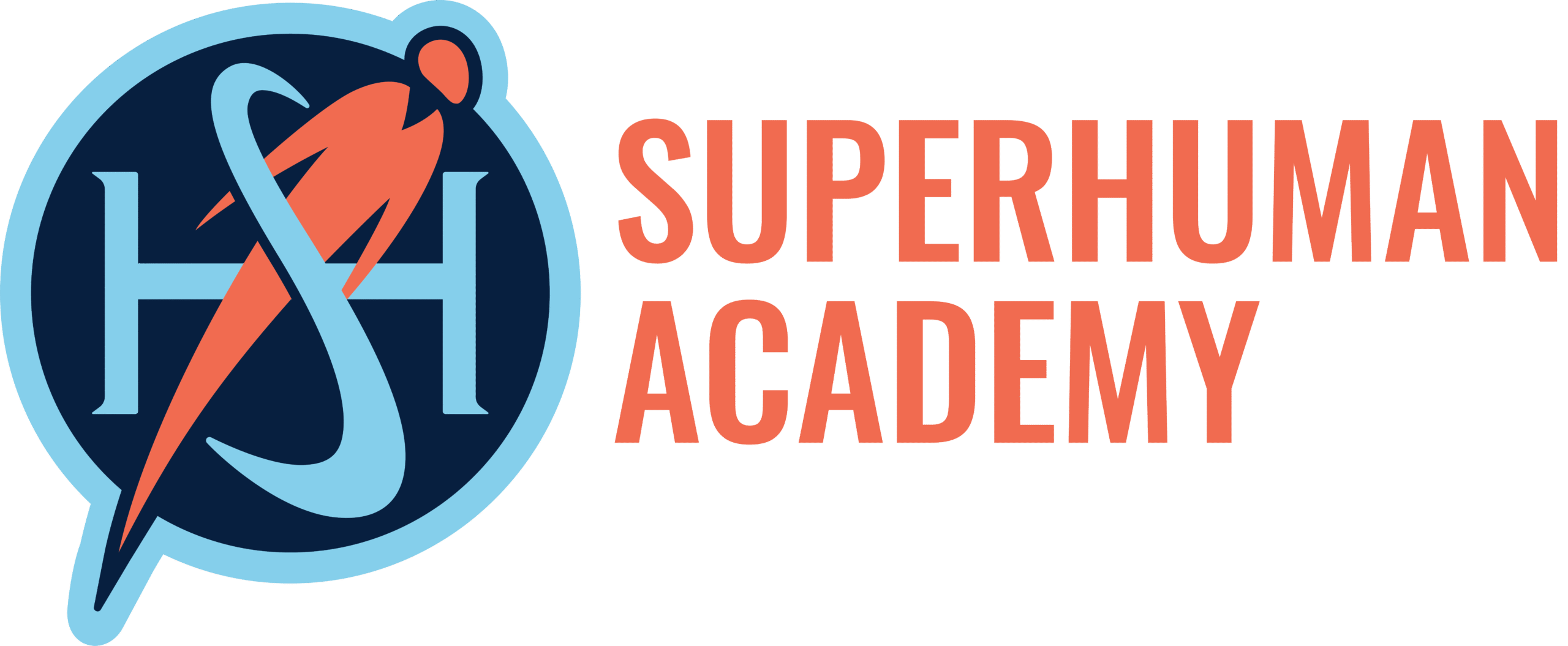
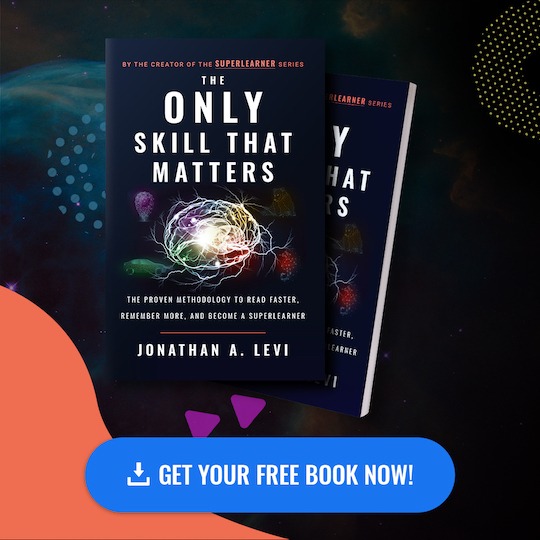




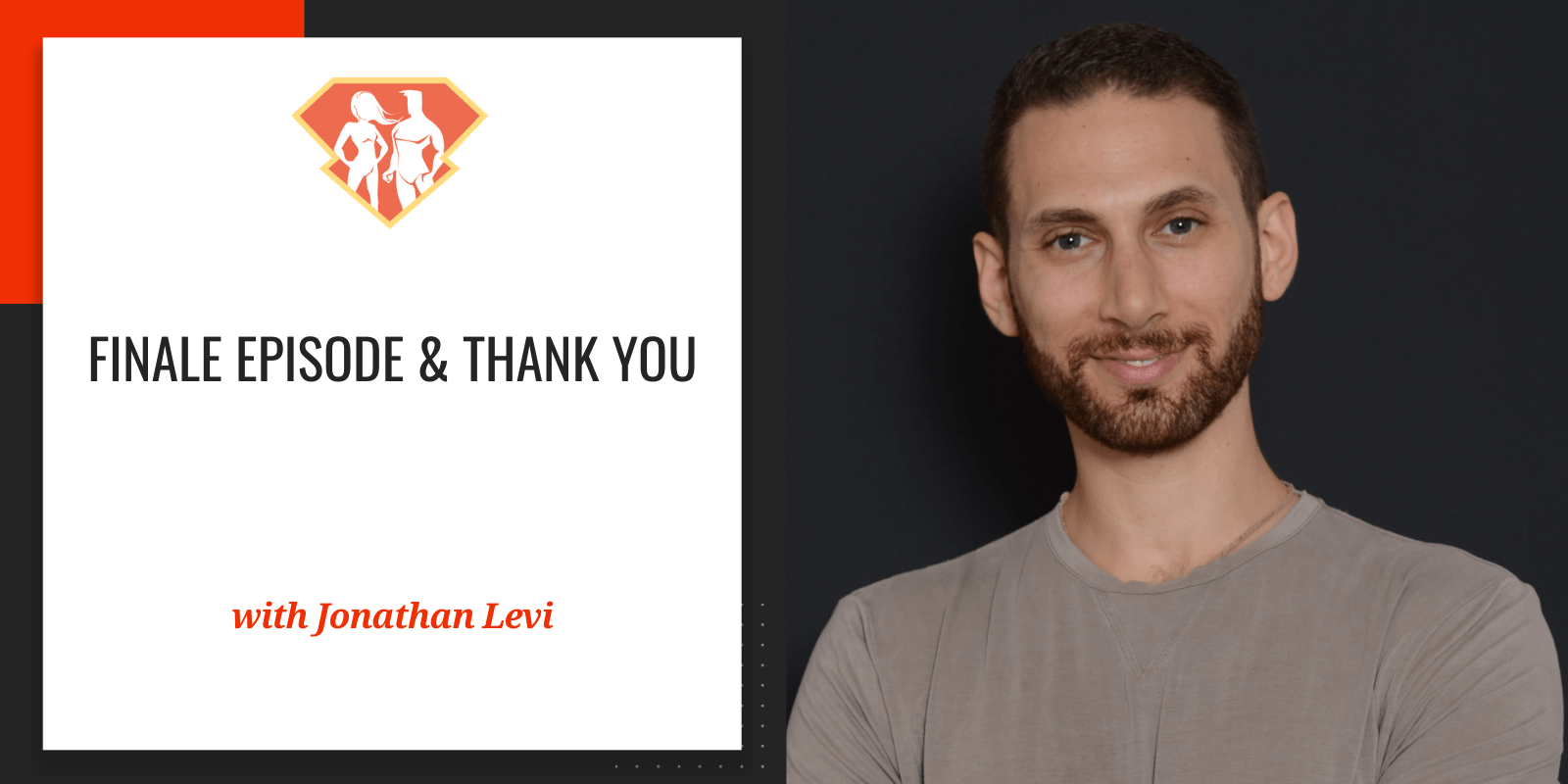
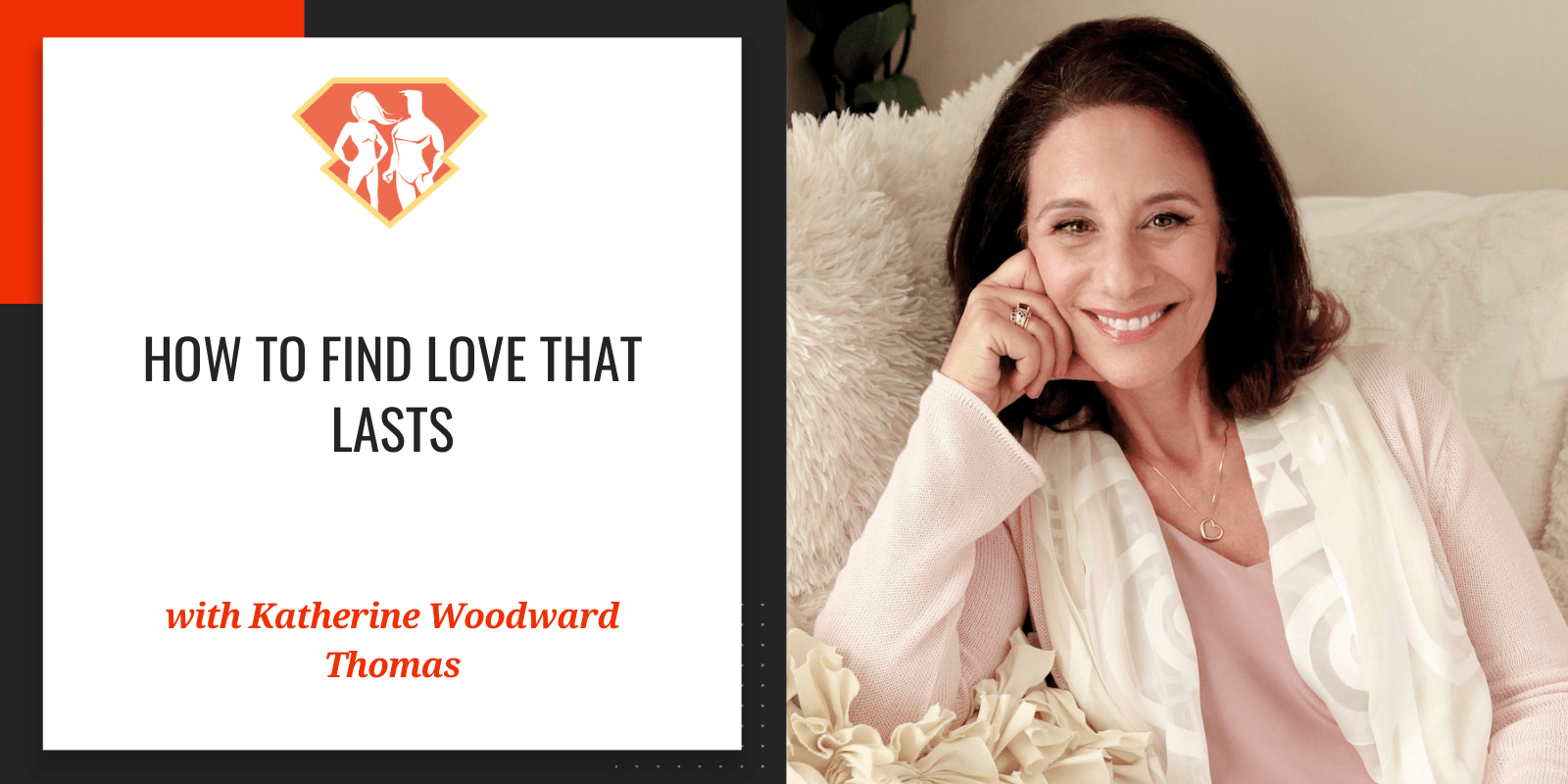
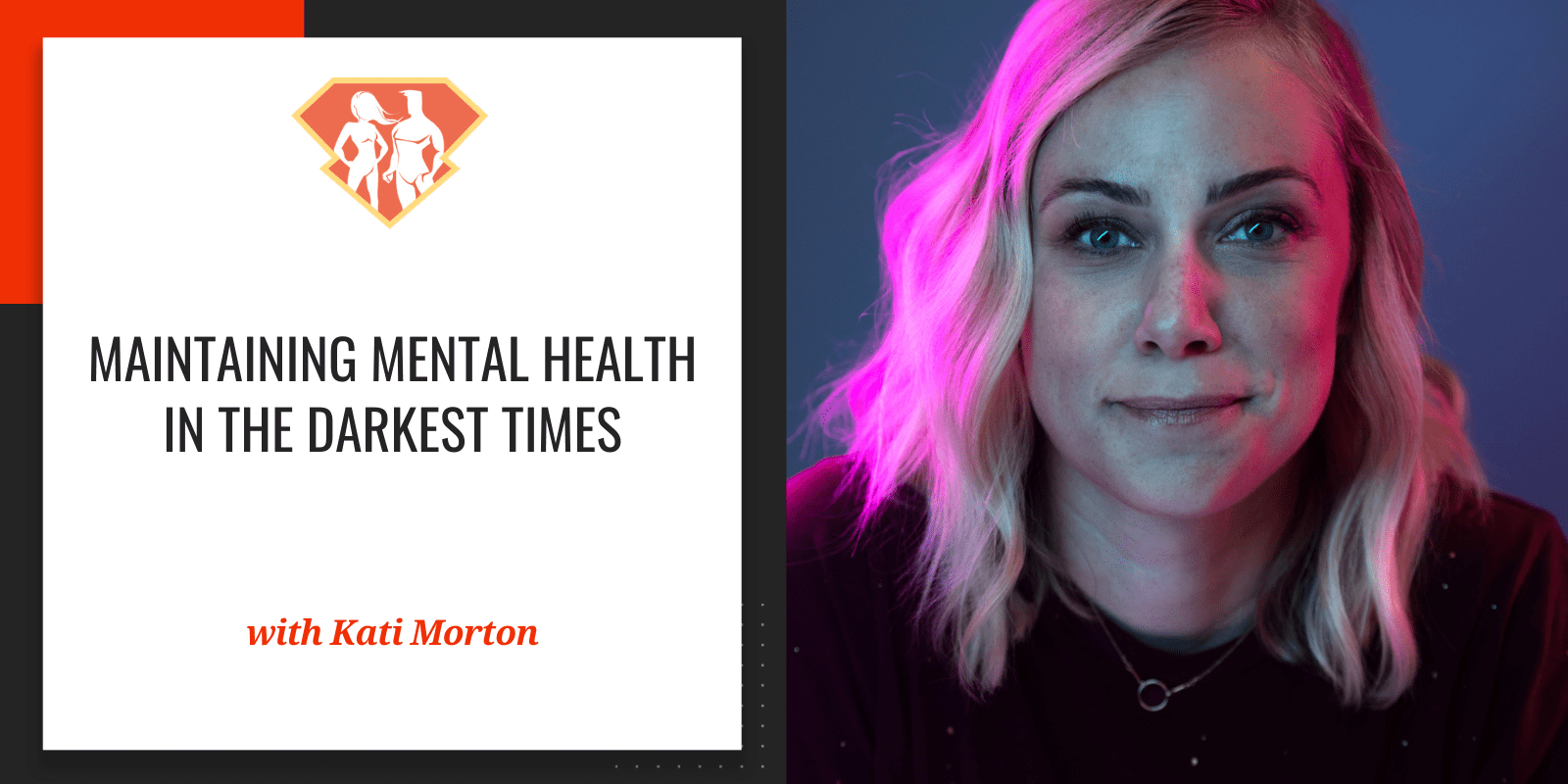
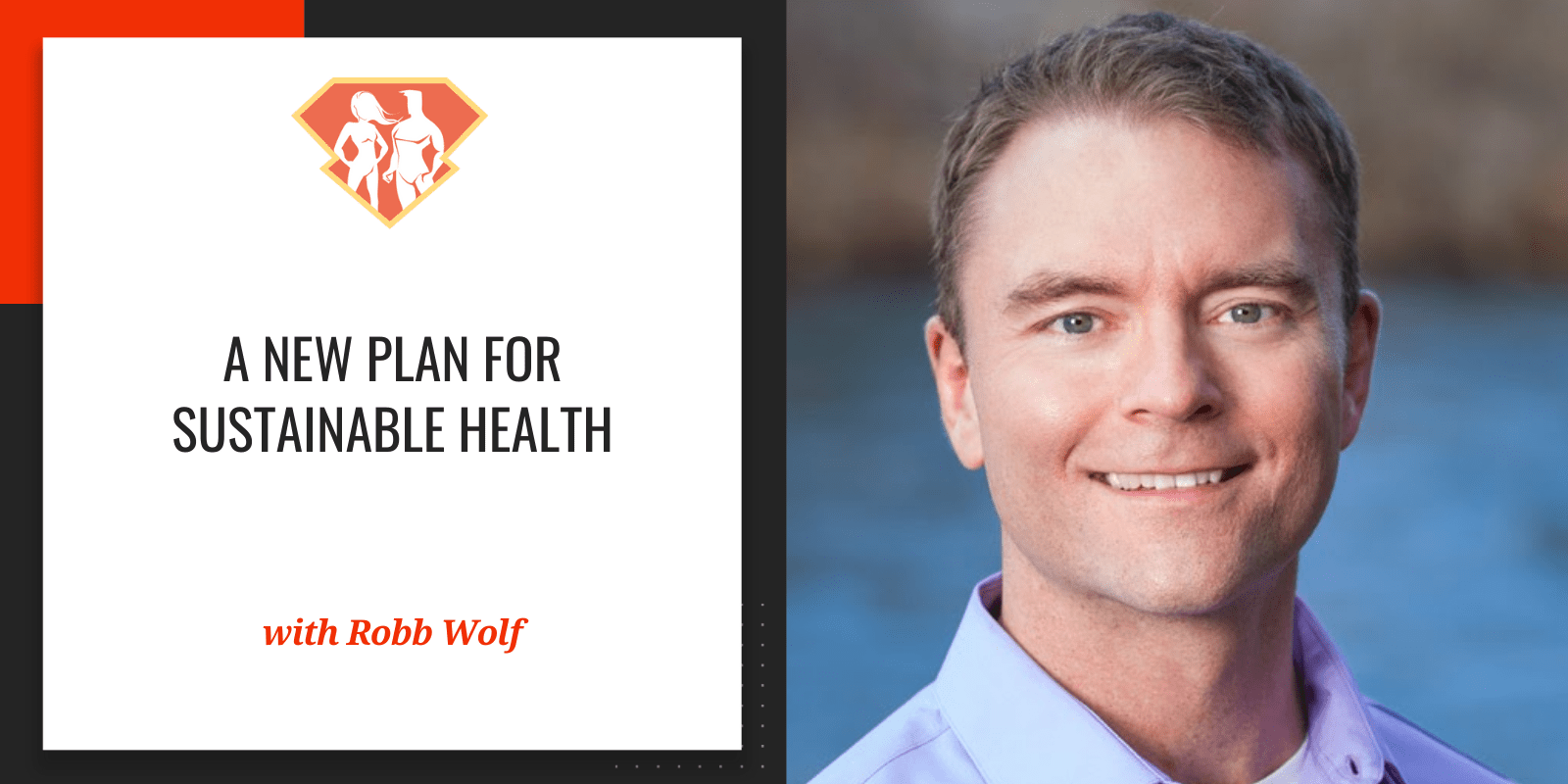
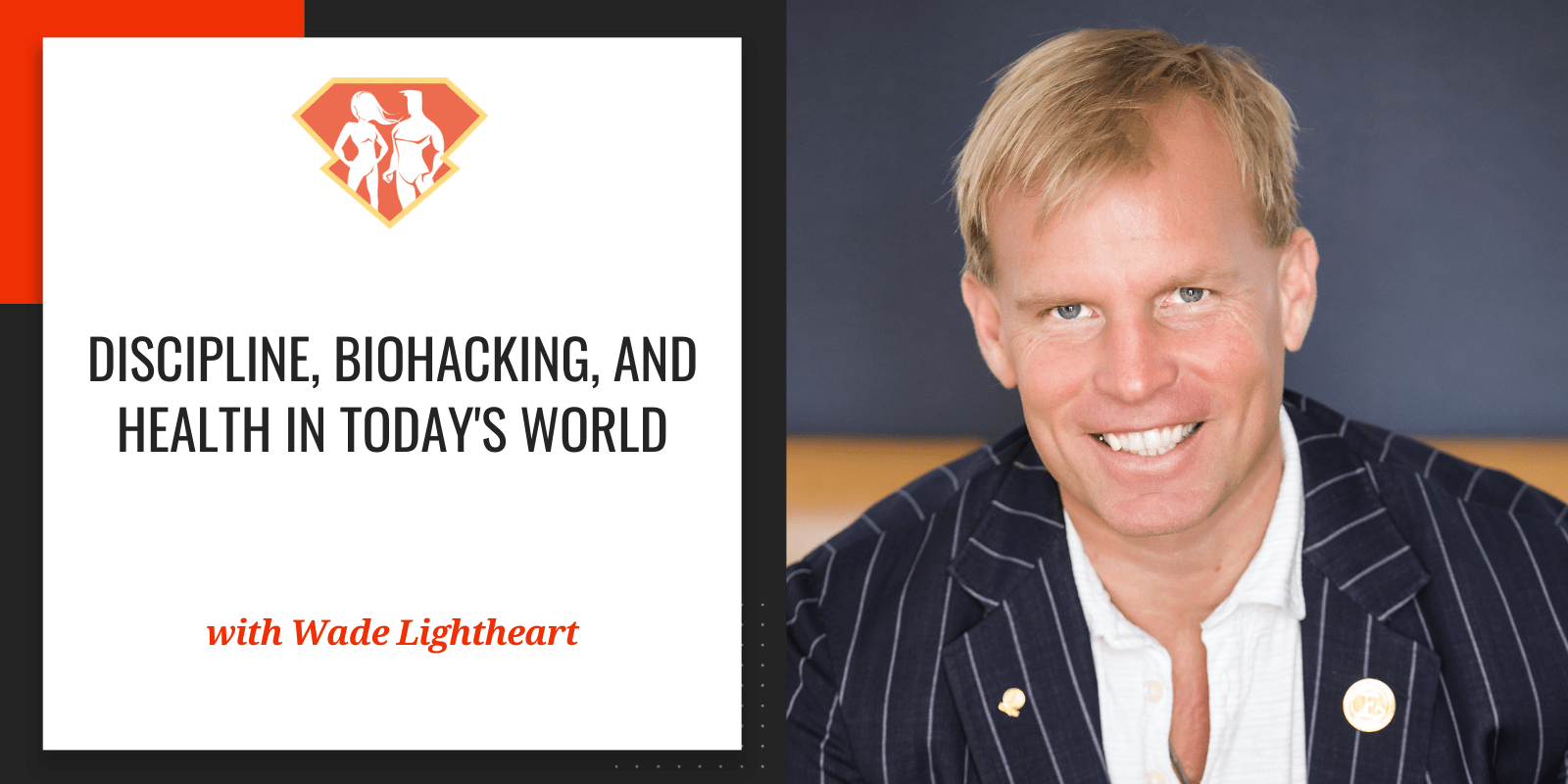
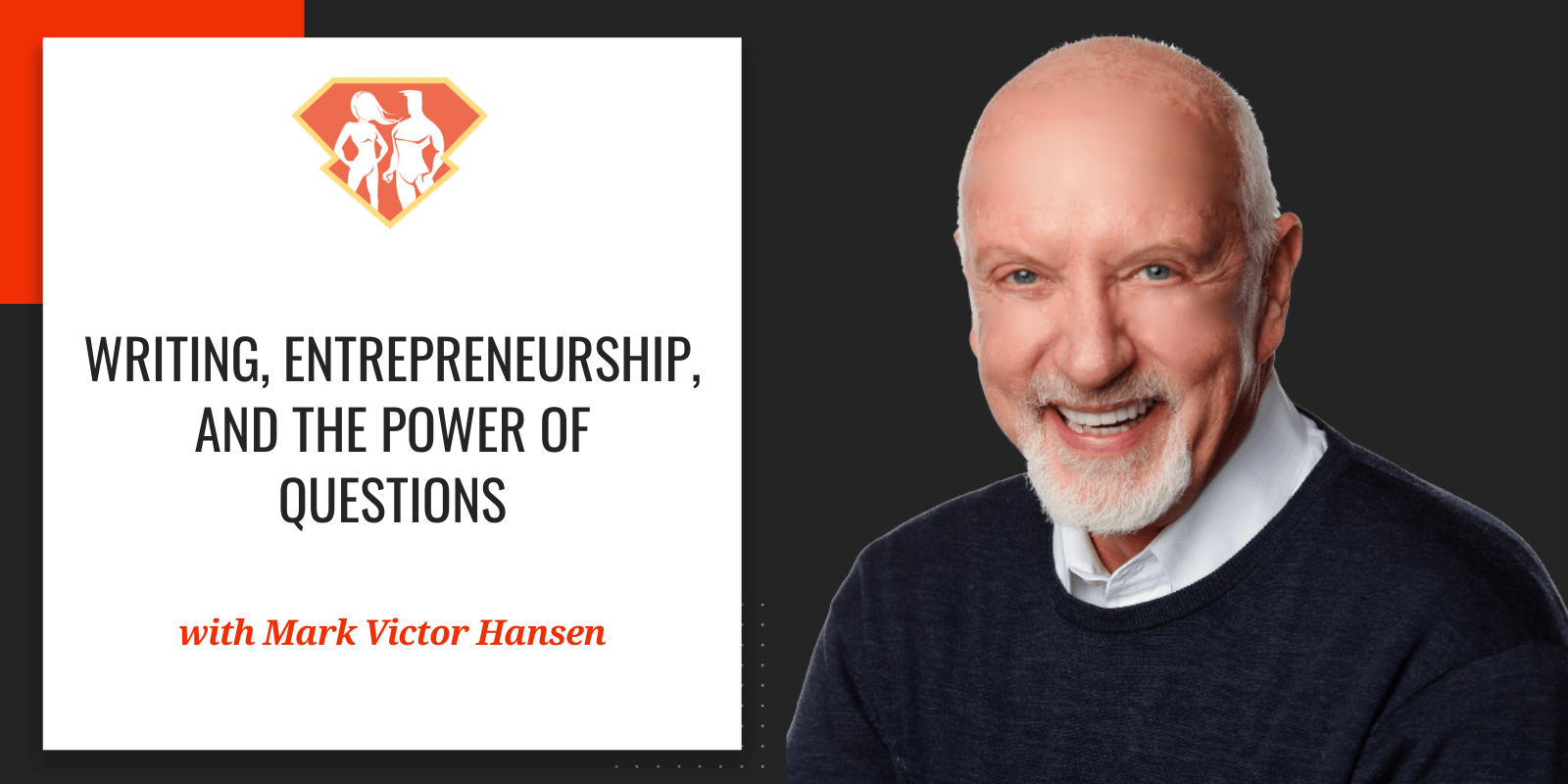
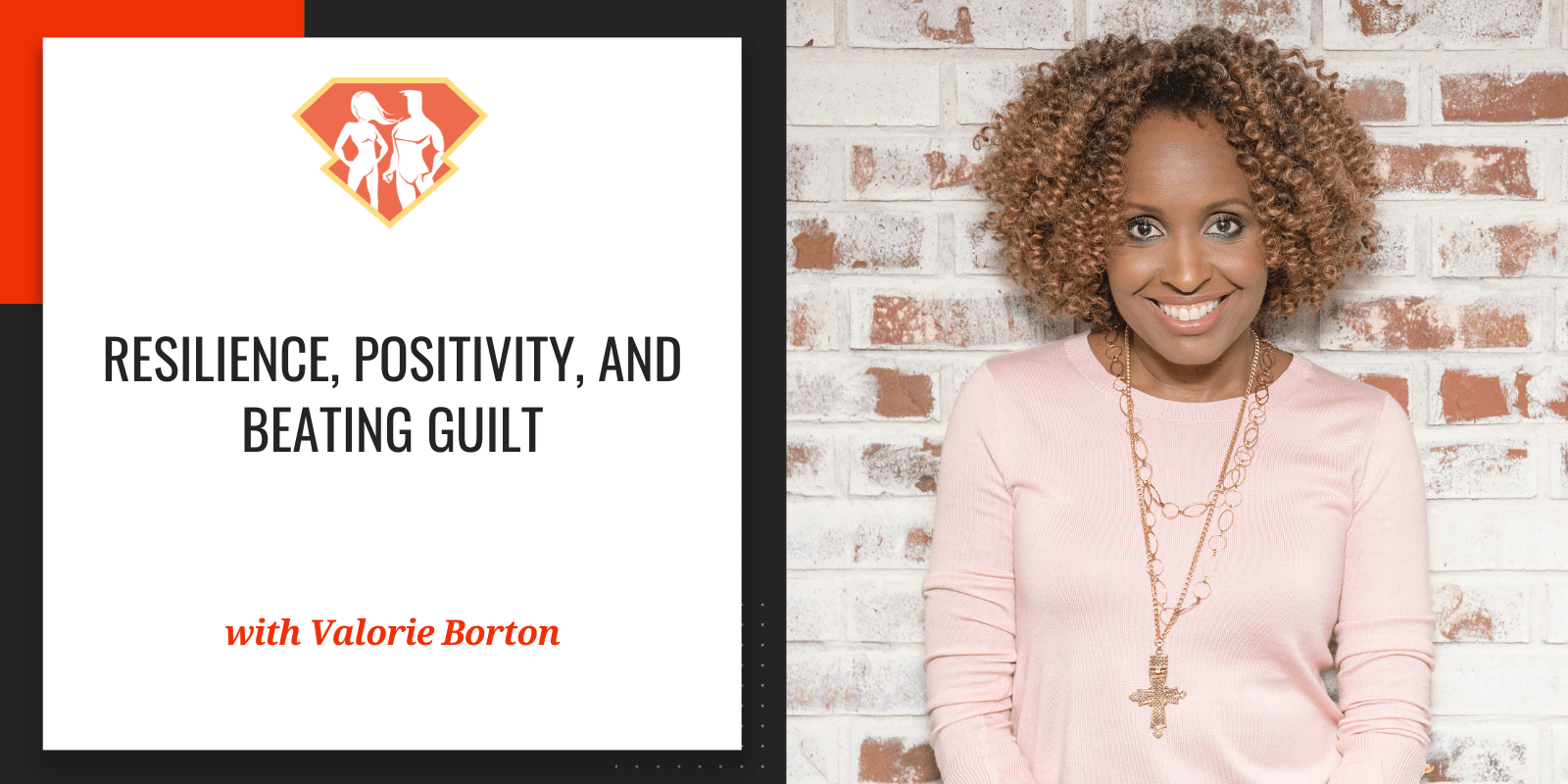
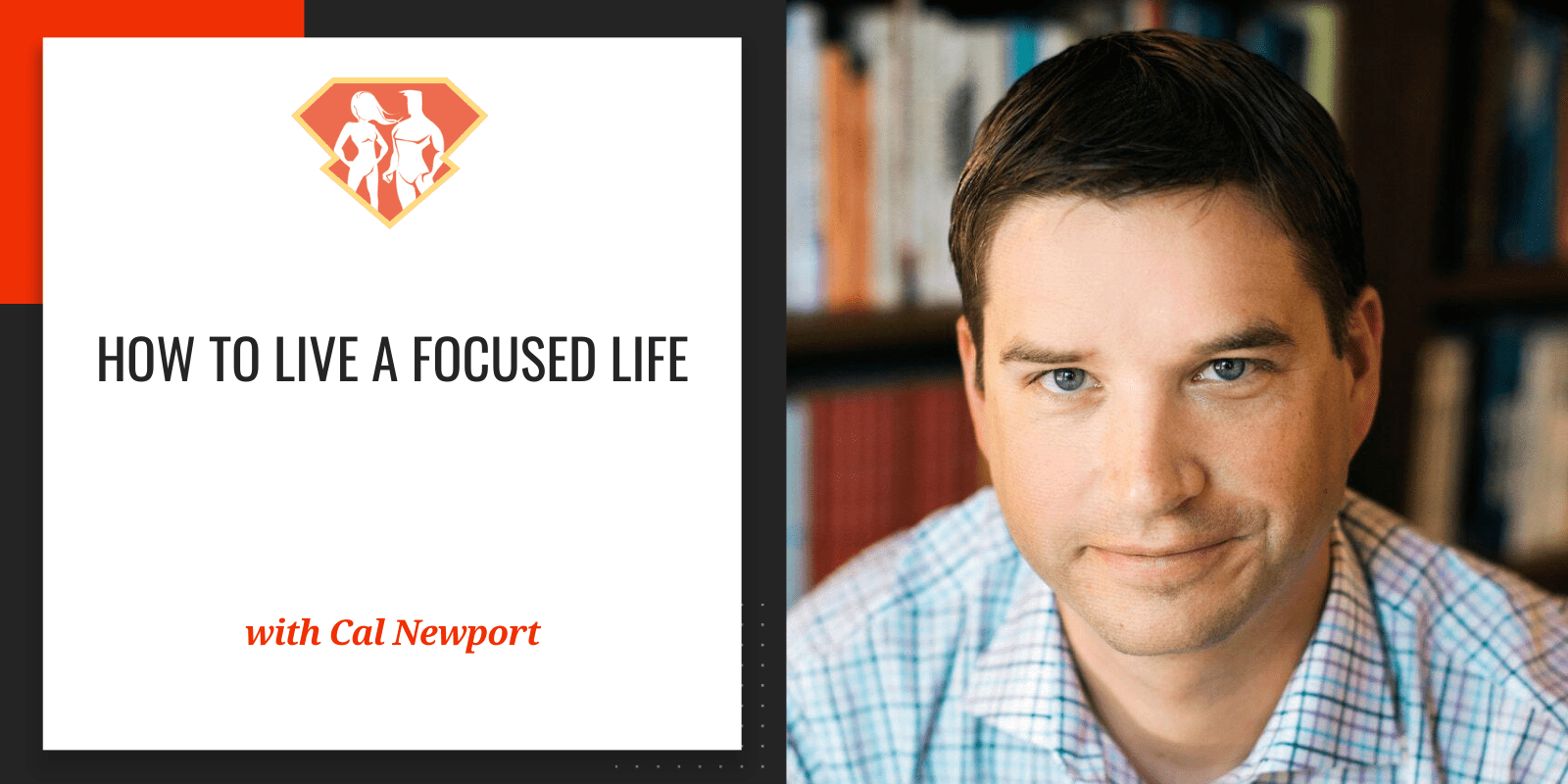
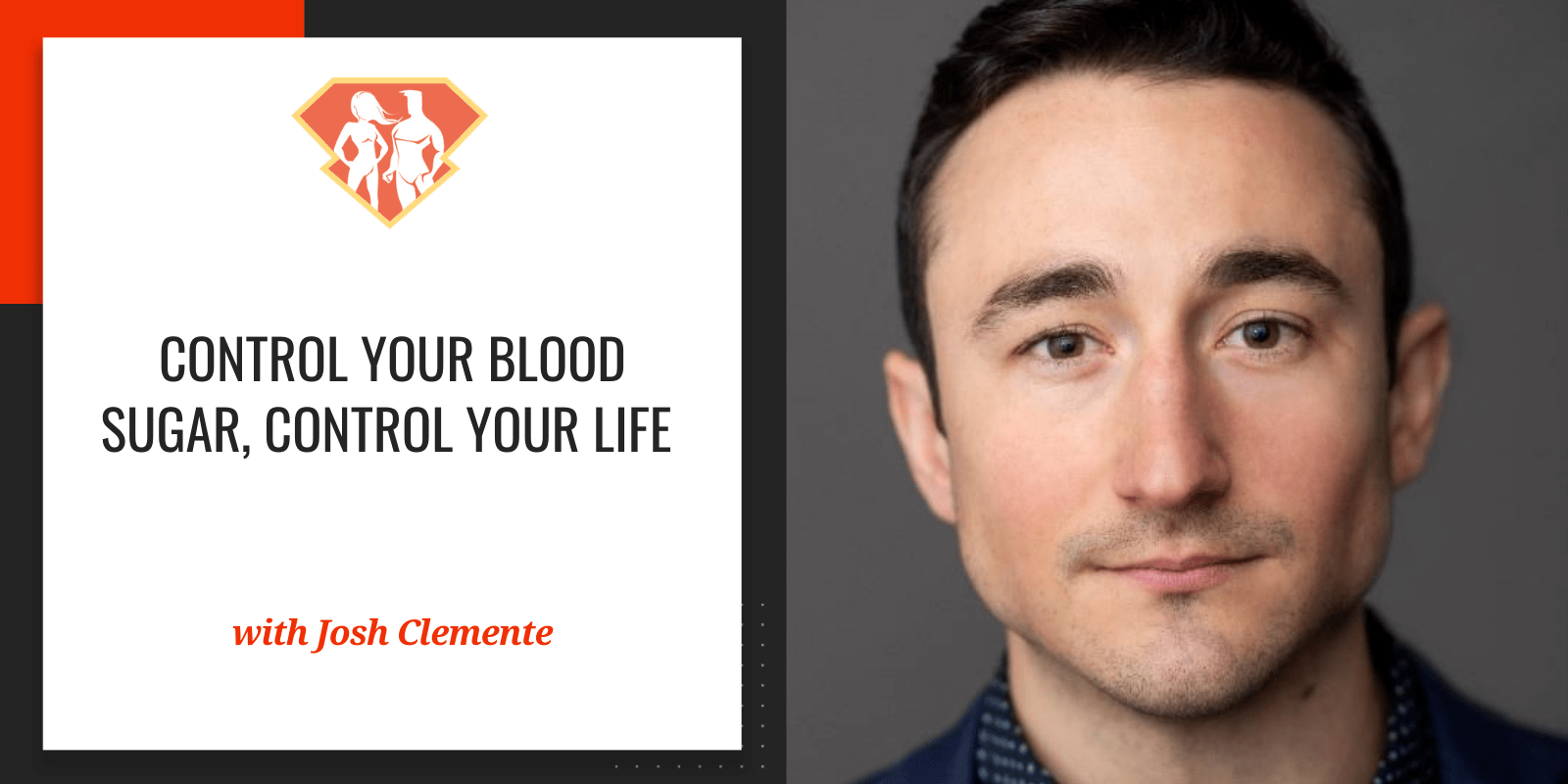
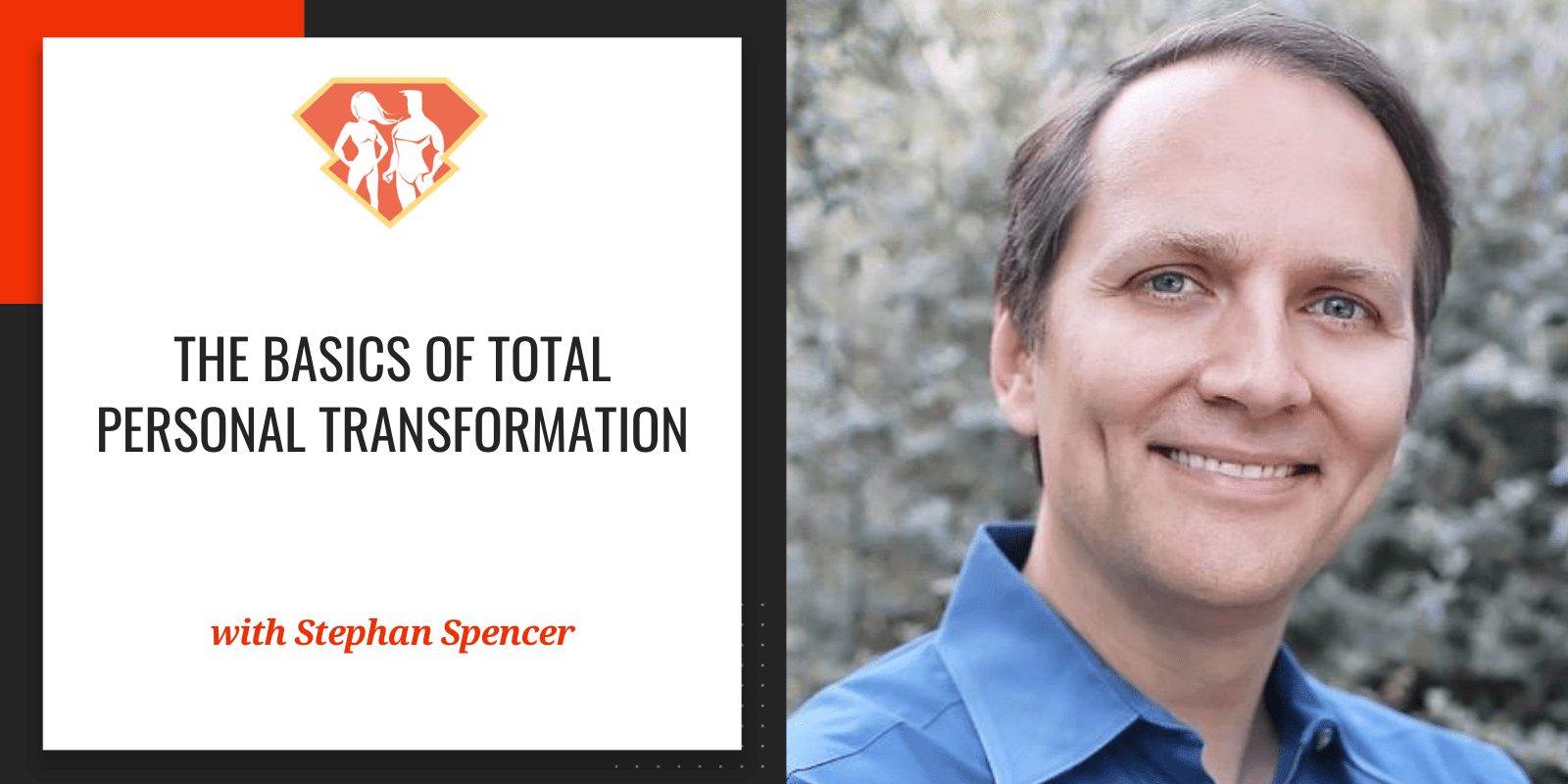
4 Comments
Thanks, I learned a lot of interesting things in past episodes.
loved th heart and the depth of the conversation. The way that Dr. Metivier shared from his enormous experience and insights was just amazing. Thank you Jonathan for doing this podcast!! 🙂
Great interview with Dr. Greg Wells! He mentioned a doctor from Colorado around the 42:30 point of the podcast, discussing turmeric and black pepper. I couldn’t make out the doctor’s name. Can you provide me with his full name and maybe his website or contact info. Interested in his products.
Thanks,
Rob
I am new here, and learning really fast.
Thank you.